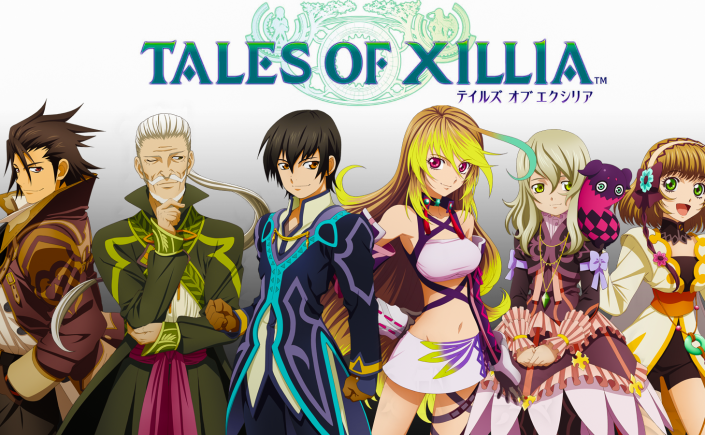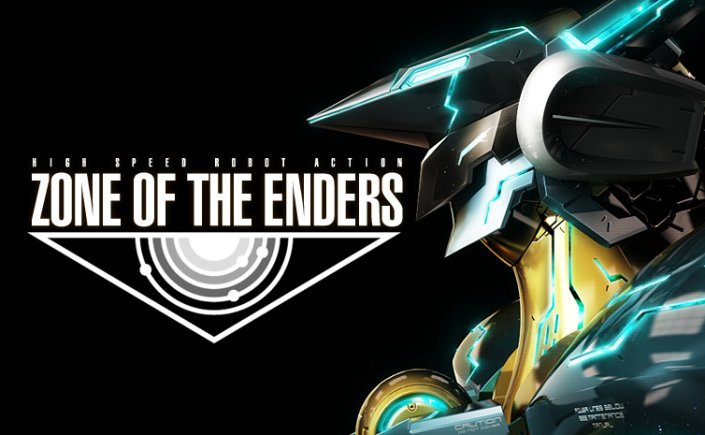Tales of Xillia is the thirteenth main entry in the long-running Tales series, and the first game made exclusively for the PlayStation 3. Tales stands out among other JRPG franchises with its fast, real-time combat and strong focus on character interactions through optional skits. So how does Xillia stack up in this storied franchise?
Narrative in Video Games #17: Tales of Xillia









